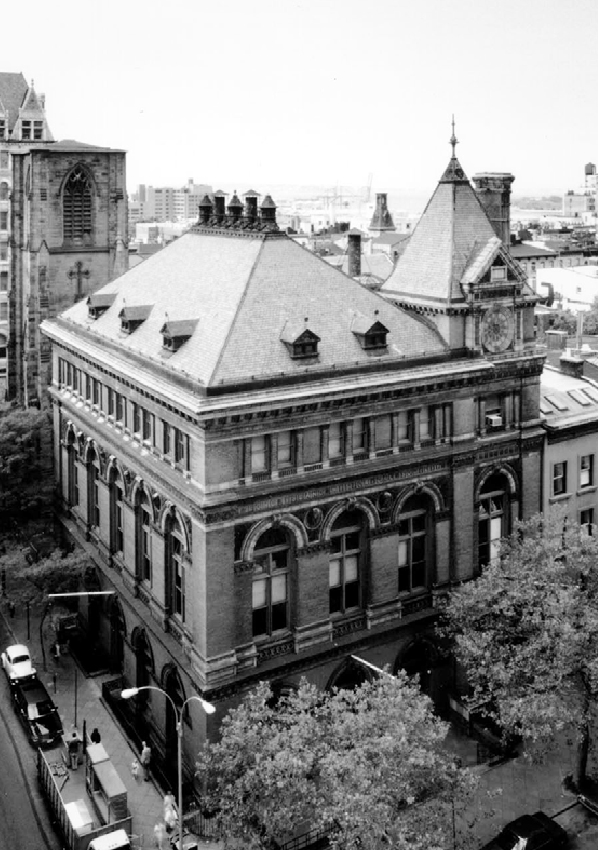EVALUATION OF CLEANING METHODS FOR THE EXTERIOR BRICK AT THE BROOKLYN HISTORICAL SOCIETYCLAUDIA KAVENAGH, & GEORGE WHEELER
1 INTRODUCTIONThe Brooklyn Historical Society is a nationally renowned urban history center dedicated to the exploration and preservation of documents, artwork, and artifacts representative of Brooklyn's diverse cultures. It contains a premier collection of research materials, including a wide variety of written materials, graphic images, and recordings of oral histories. The society's headquarters in Brooklyn Heights, New York, is an ornate brick and terracotta building As part of a larger campaign to rehabilitate the entire building, the historical society retained a series of consultants to develop and execute a testing program for cleaning and repointing the building.1 This article describes the testing program used to select materials and procedures for cleaning the exterior brick.
|
